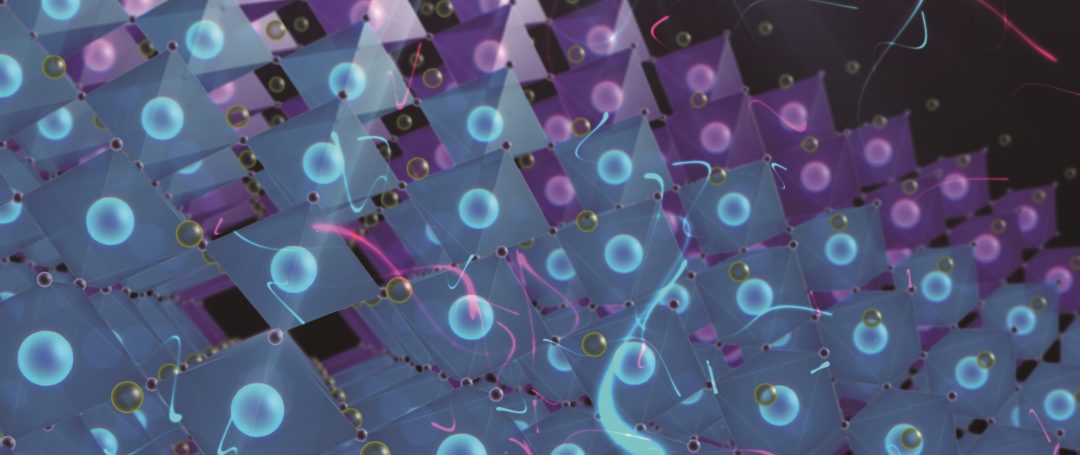Weiguang Xie and Jianbin Xu explain the problems caused by grain boundary defects in perovskite materials used to create solar cells. For more comprehensive information on this problem, you can check out their paper ‘Crystallinity Preservation and Ion Migration Suppression through Dual Ion Exchange Strategy for Stable Mixed Perovskite Solar Cells’ in Advanced Energy Materials.
What problems do grain boundary defects cause for perovskite solar cells?
From our perspective, even though the grain boundary (GB) area is just a small portion of the polycrystalline perovskite film, the defects in GBs can dominate the film quality and thus affect the solar cell’s performance according to the following points. First, the GB defects can provide channels for ion motion in perovskites and cause large hysteresis in J–V scans of perovskite solar cells (see a discussion of the problems indicated by hysteresis here). In addition, they introduce trap states within the bandgap and increase trap-assisted nonradiative recombination, thus deteriorating the solar cell performance. Finally, GB defects reduce the potential barrier of the reaction between the perovskite and the environment, accelerating the degradation process of perovskite solar cells.
How does passivation help?
Through passivation, extra benign ions can occupy the Schottky defect sites, which helps to block the channels for ion motion, removes the trap states from the band gap, and also hinders the direct exposure of dangling bonds to the environment. Correspondingly, the hysteresis in J–V scans can be suppressed, and the performance and stability of perovskite solar cells will be improved.
How close are we to solving this issue?
The origin and side effects of grain boundary defects in perovskite thin films have been basically understood by the community. Multiple strategies have recently emerged to realize the efficient passivation of GB defects, including using polymers, small organic molecules, various alkali metal ions, etc. Our group has focused on homogeneous ion passivation without introducing any extrinsic ions, through which sufficient organic and halide ions are supplied to heal the defects of raw deposited perovskite thin films. The homogeneous ion passivation process is more controllable, and can be classified as a post-treatment process in perovskite fabrication.
Interested in perovskites? Some more top research and opinions here:
- Jingbi You – Stoichiometry for Better Performance
- Chul-Ho Lee and Min Jae Ko Discuss Moisture Stability
- Perovskite Stability Gets a 2D Solution
Have you already discovered the Excellence in Energy series? Check out this virtual issue of invited-only reviews from top energy researchers. Everything is free to read for a limited time.

















